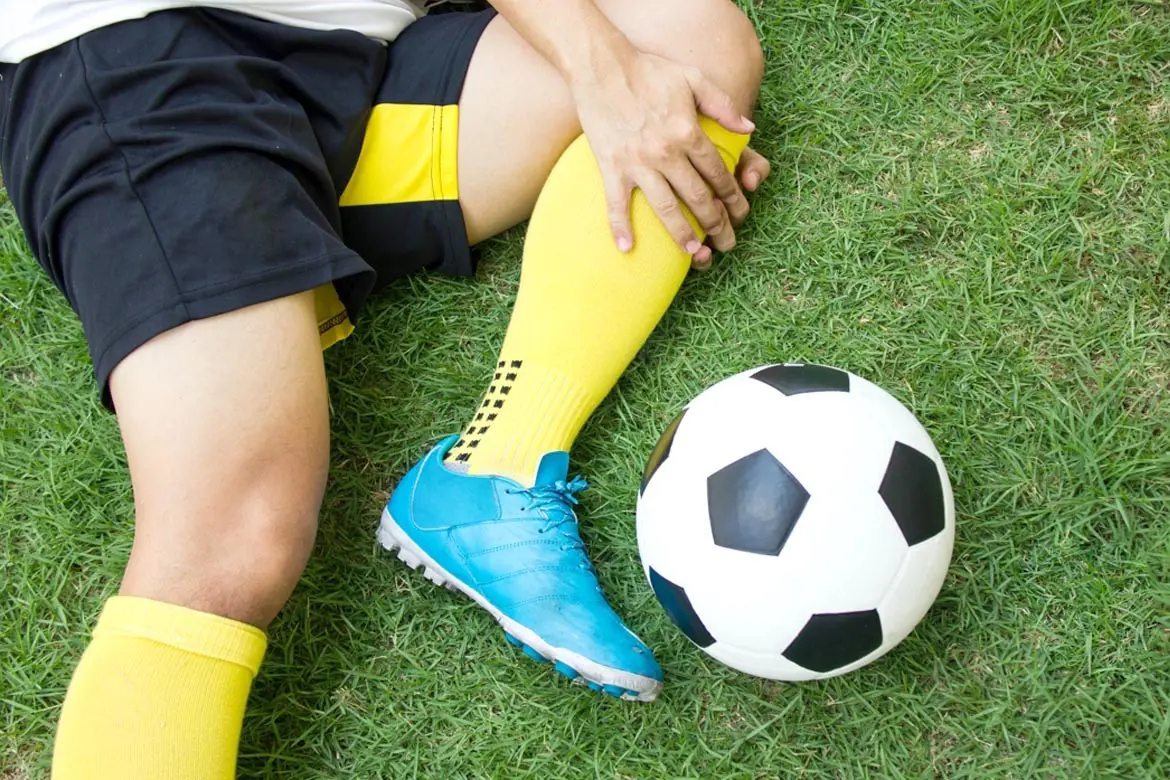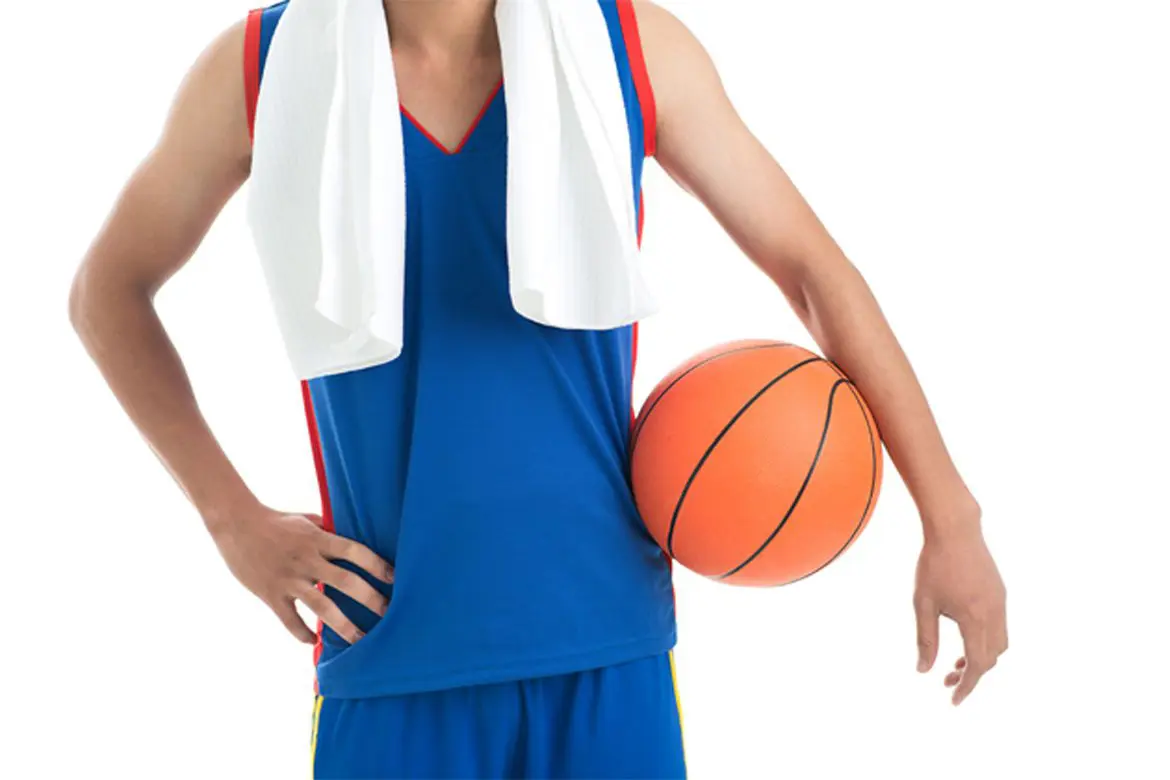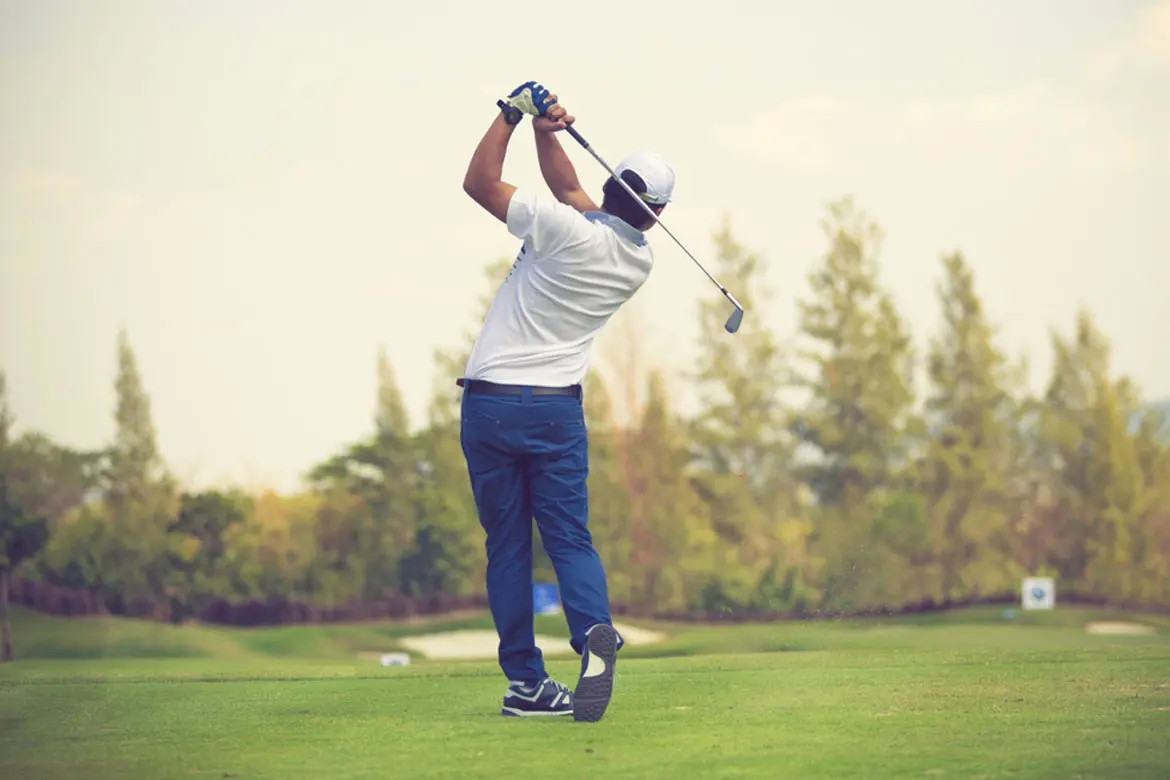

Source: Shutterstock
Top 3 Common Sports Injuries
Last updated: Thursday, August 11, 2016 | 2 min reading time
Running, cycling and soccer are 3 of the most popular sports in Singapore.
Running, cycling and soccer are 3 of the most popular sports in Singapore. The rising popularity of these sports can be attributed to an increasingly health conscious population who see sports as a means to a physically and mentally fulfilling life.
Participating in such sports, however, poses risks to the players' health and safety. Many athletes suffer from injuries caused by over-stretching of the muscles and ligaments.
Collisions, sudden movements and changes in direction are among the main causes of sports injuries.
To avoid such problems, athletes must follow safety guidelines and take all the necessary precautions during the game. Moving the joints carefully and ensuring safe landing after a jump are good examples. Athletes have to be responsible for their own health and safety. While effective medical treatments are easily accessible today, avoiding accidents should be your main goal.
Stay informed about the risks associated with your sport. You can better avoid something that you know and understand. See an orthopaedic doctor immediately if you suffer from an injury during a basketball game, bike ride or soccer match.
Here are some common injuries to be mindful of when participating in these sports.
Knee ligament tears
Most prevalent in sports with pivoting movements such as soccer, rugby and basketball. Patients suffering from anterior cruciate ligament (ACL) tears often complain of instability, pain and buckling of the knee.
Recommended Treatments:
- Bracing and physical therapy (conservative)
- Surgical treatment for ACL tear
Knee meniscus tears
Meniscus tears are commonly sustained during contact sports or sports involving rapid twists or pivoting of the knee such as basketball and soccer. Sometimes they occur along with ACL tear.
Recommended Treatments:
- A small proportion of meniscus tears (on the outer third area of the meniscus) can heal on their own
- Knee arthroscopy (keyhole surgery)
Collarbone fracture and acromio-clavicular joint dislocation
Falls at relatively fast speed with the impact of the fall borne by the shoulder and collarbone, often seen in sports such as cycling and snowboarding. Symptoms include pain, swelling and deformity in the region.
Recommended Treatments:
- Conservative treatment for undisplaced, simple fractures
- Surgery for badly displaced or open fractures (with open wound)
 Brain & Spine Care
Brain & Spine Care








